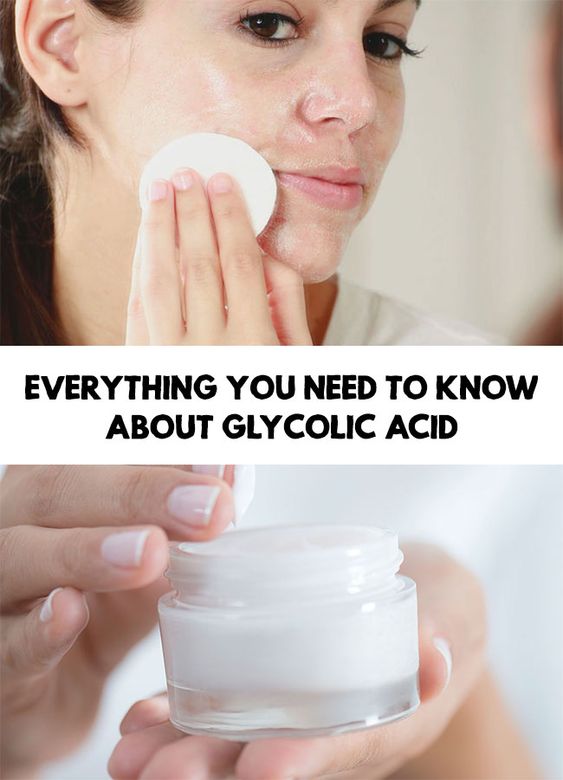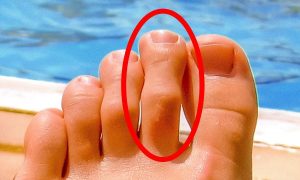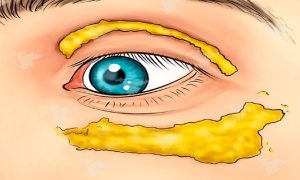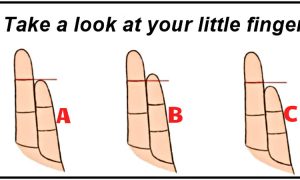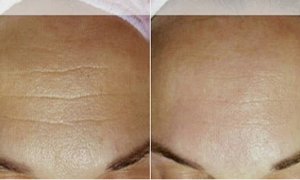If you haven’t figured out how you can get the brilliance skin of a supermodel, it’s time to try glycolic acid. Well, even if acid is a word that can sound intimidating, small amounts of it can do wonders. Here’s all you need to know about glycolic acid.
What is glycolic acid and where does it come from?
It comes from the alpha hydroxy acid family (AHA), a group of exfoliating chemical compounds that are derived from natural products such as sugar and fruits.
It has the smallest molecules among all the acids in this family, so it works very well as an exfoliator because it penetrates the skin very well. When we have matte and uneven skin, this is due to the drying of the superficial layer of the epidermis. This acid breaks the bonds that hold together the dead cells and pulls the fresh skin to the surface.
How is glycolic acid used?
A chemical exfoliant is slightly different from the granular scrub we are used to. There are many options when it comes to glycolic products that you can use at home, from serums, tonic solutions, peeling pads, creams and masks or cleaning products, all with this acid.
For a visible and rapid change, you can try the glycolic peeling at a beauty salon. Properly done, it can improve many aspects of the skin, from reducing pigmentation, reducing fine lines and improving skin texture.
Who can use glycolic acid?
Almost anyone can integrate it into its routine – besides those who have extremely sensitive skin. It’s good for those with dry skin and for those with oily skin – and for people with any skin tone.
When to use it?
How often should the glycolic acid be used depending on your skin type? If you haven’t used a product containing this ingredient before, start with a cleaning product. Regarding the products you let to act a longer time, you should alternate between day and night products and gradually modify the frequency of use.
What are the benefits of glycolic acid?
Think of fresh and bright skin – these are just some of the benefits you will discover when you incorporate glycolic acid into your routine. The quality of the skin is increased and fine lines and wrinkles are less noticeable after using it. By reducing oils on the skin, it also reduces the size of the pores.
Can glycolic acid harm the skin?
As with any product, you need to be careful when using it for the first time, especially if you combine it with other acids or irritating ingredients, such as retinol. We are told to use sunscreen daily (although most don’t respect this rule), but you can not skip this step after using this acid. It’s much more important to protect yourself from UVA / UVB rays after using acids because they make your skin more sensitive to the sun.


